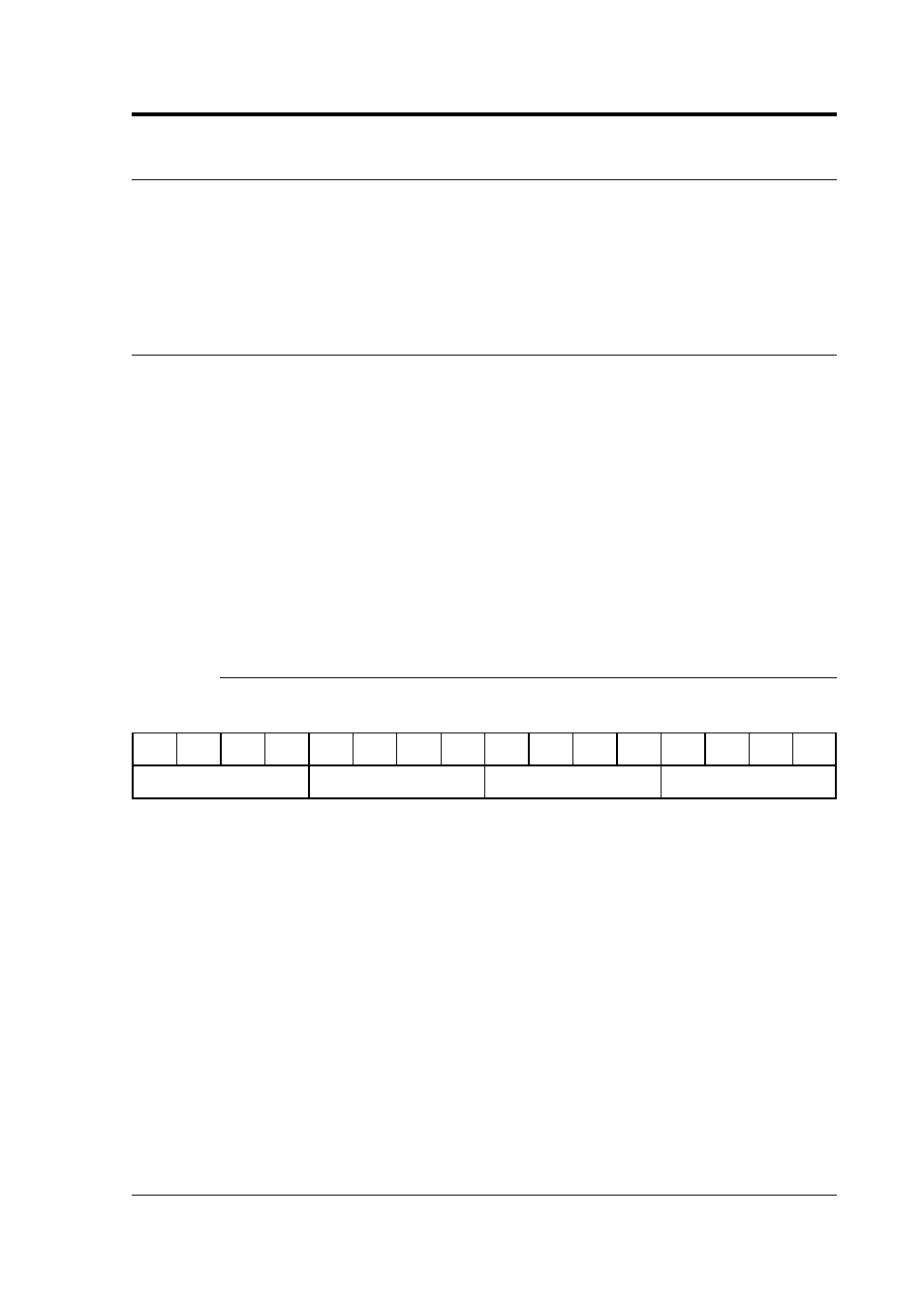7 güralp compressed format, 1 gcf blocks – Guralp Systems CMG-DM24 User Manual
Page 105

Operator's guide
7 Güralp Compressed Format
Güralp Systems sensors and data modules use Güralp Compressed
Format (GCF) to share seismic data. The format can be used for data
storage or transmission over a serial link or TCP/UDP network.
This section describes the specification of GCF format.
7.1 GCF blocks
A GCF file or stream consists of a sequence of blocks, which can be up
to 1024 bytes long. Each block consists of a 16-byte header followed by
either
•
a series of data records, containing initial and final sample
values and a sequence of first differences between intervening
sample values, or
•
status information in ASCII text format.
The format of the block's body is determined by information in the
header.
The GCF header
The header is 16 bytes long, split into four 4-byte fields:
1
2
3
4
5
6
7
8
9
10
11
12
13
14
15
16
System ID
Stream ID
Date code
Data format
System ID : If the top bit of this field is unset, the bottom 31 bits of this
field specify a label of up to 6 characters identifying the originating
system, encoded as a base 36 number. The base 36 digit in each
position corresponds to a single character (0 – “0” ... 9 – “9” , 10 –
“A” ... 35 – “Z”), with the least significant digit placed at the right-hand
end of the string.
If the most significant base 36 digits are zero, they are omitted from the
string; hence the encoding 1 corresponds to the string 1, not 000001.
For example, the string HPA1 would be encoded as the number (17 ×
36 × 36 × 36) + (25 × 36 × 36) + (10 × 36) + 1 = 825913.
October 2009
105
